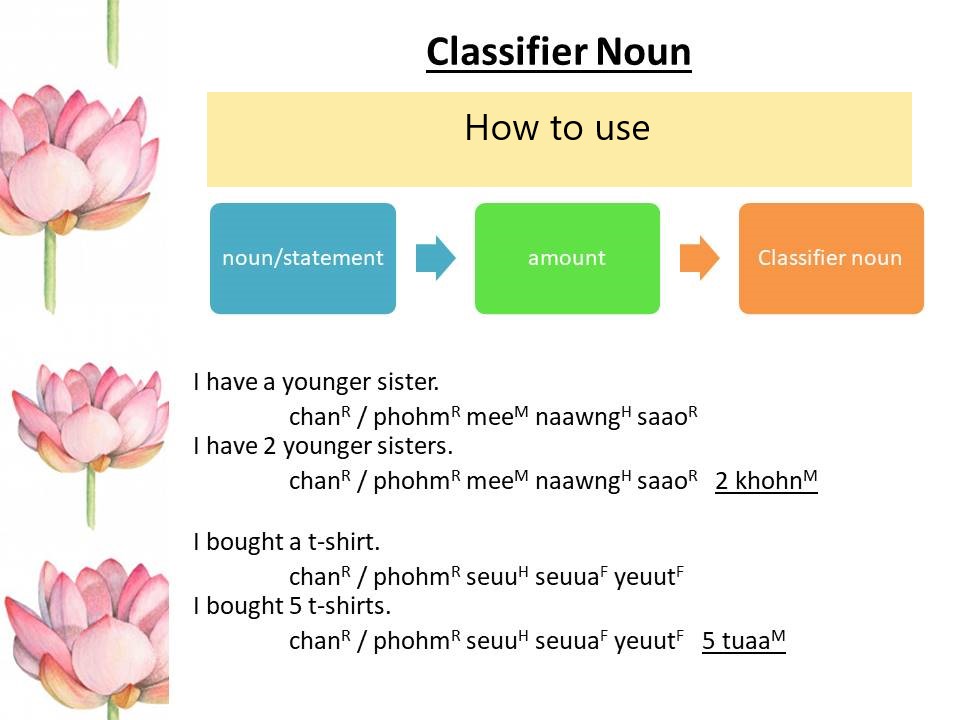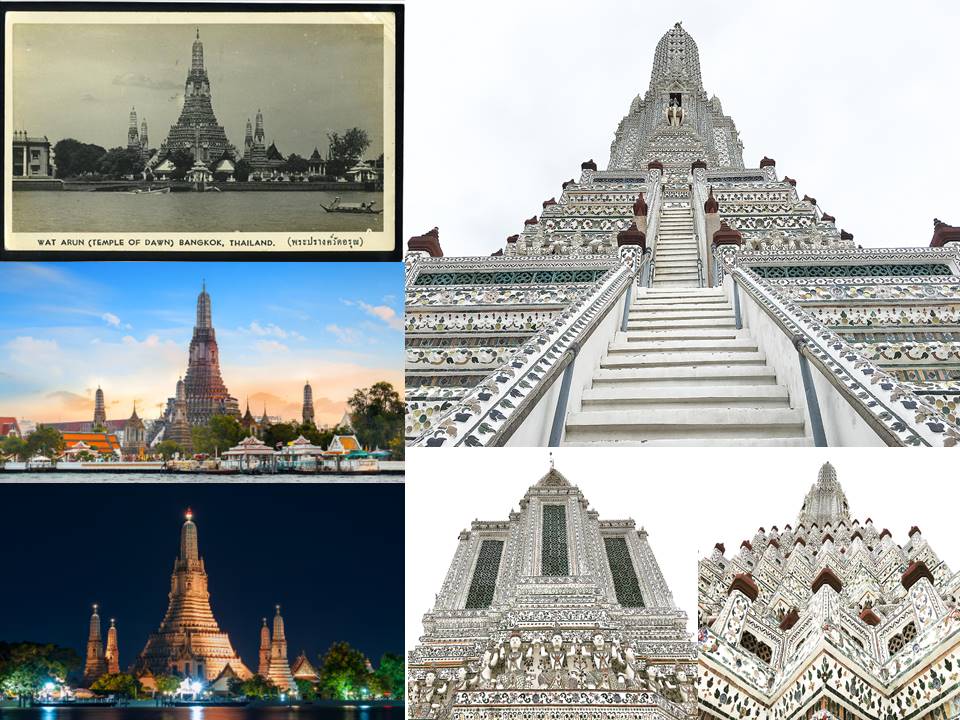Raise your hand if you have tried Pad Thai. Yes, that Rice noodles stir–fried with eggs, tofu, dried shrimps and garlic in a sweet and tangy sauce served with lime wedges, bean sprout, chives, raw banana flowers, and topped with a sprinkling of peanuts. The original name of Pad Thai, is ‘Gway Teow Pad Thai.’, before shorten to “Pad Thai”.
Back to 1700s, during Ayutthaya Kingdom, “Gway Teow” which is a Chinese word for rice noodles may have been introduced to Thai people by Chinese traders.
“Pad” means stir fry,  and “Thai” refer as thai-style
and “Thai” refer as thai-style
Gway Teow Pad Thai was actually created in 1930s,during World War II, Thailand was focused on nation building due to the war and a shortage of rice. The government of Thailand (under prime minister Plaek Phibunsongkhram) created the dish ‘Pad Thai’, in a bid to protect the rice resources of the country as noodles used only 50% of the grain, so were more economical and cheaper to produce. At the same time the government wanted to promote unity and a sense of national identity across the kingdom. They told the general public that by eating Pad Thai, they were helping their country. (Some resources say that there was actually a national competition to create a national dish, of which Pad Thai was the winner!).





